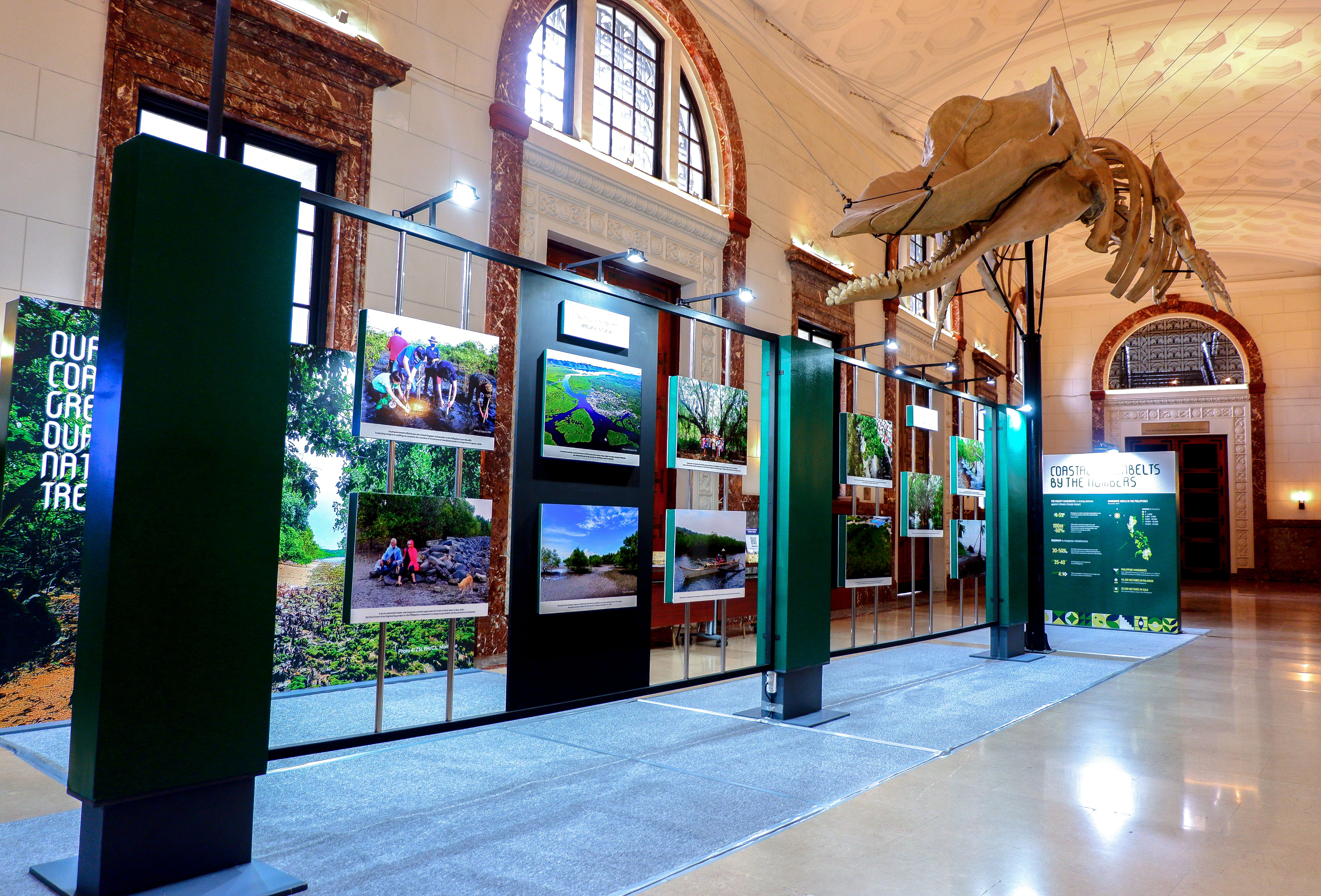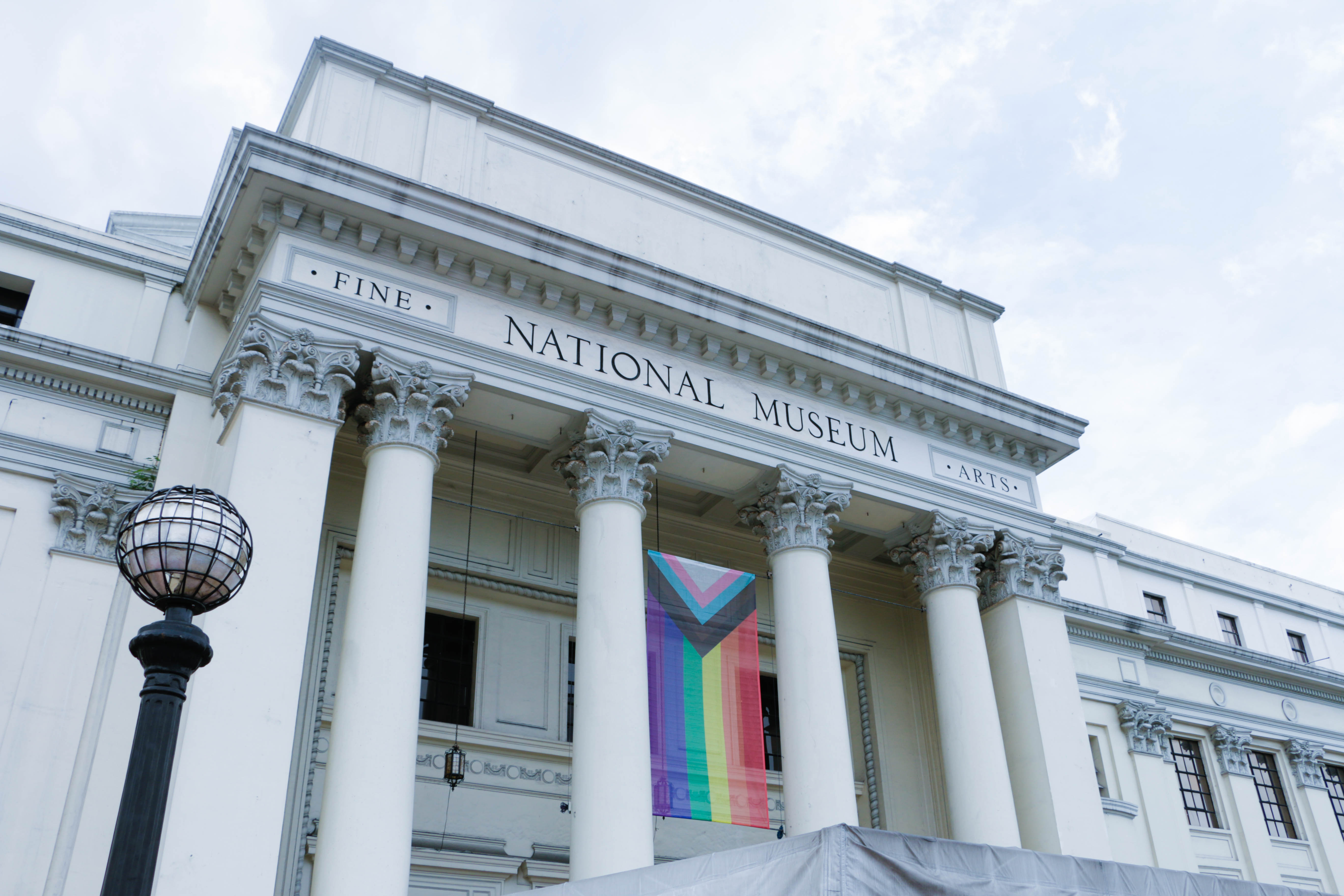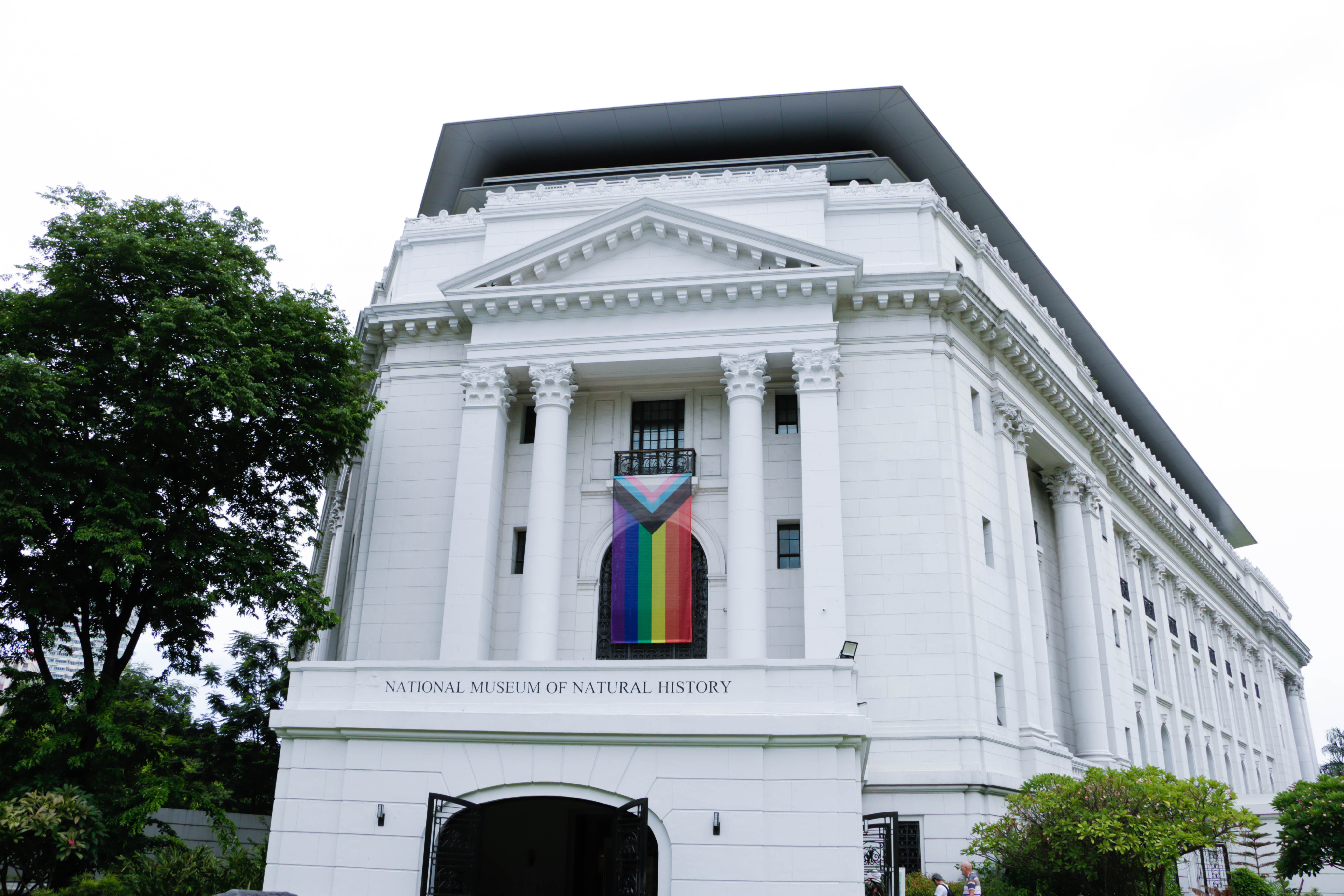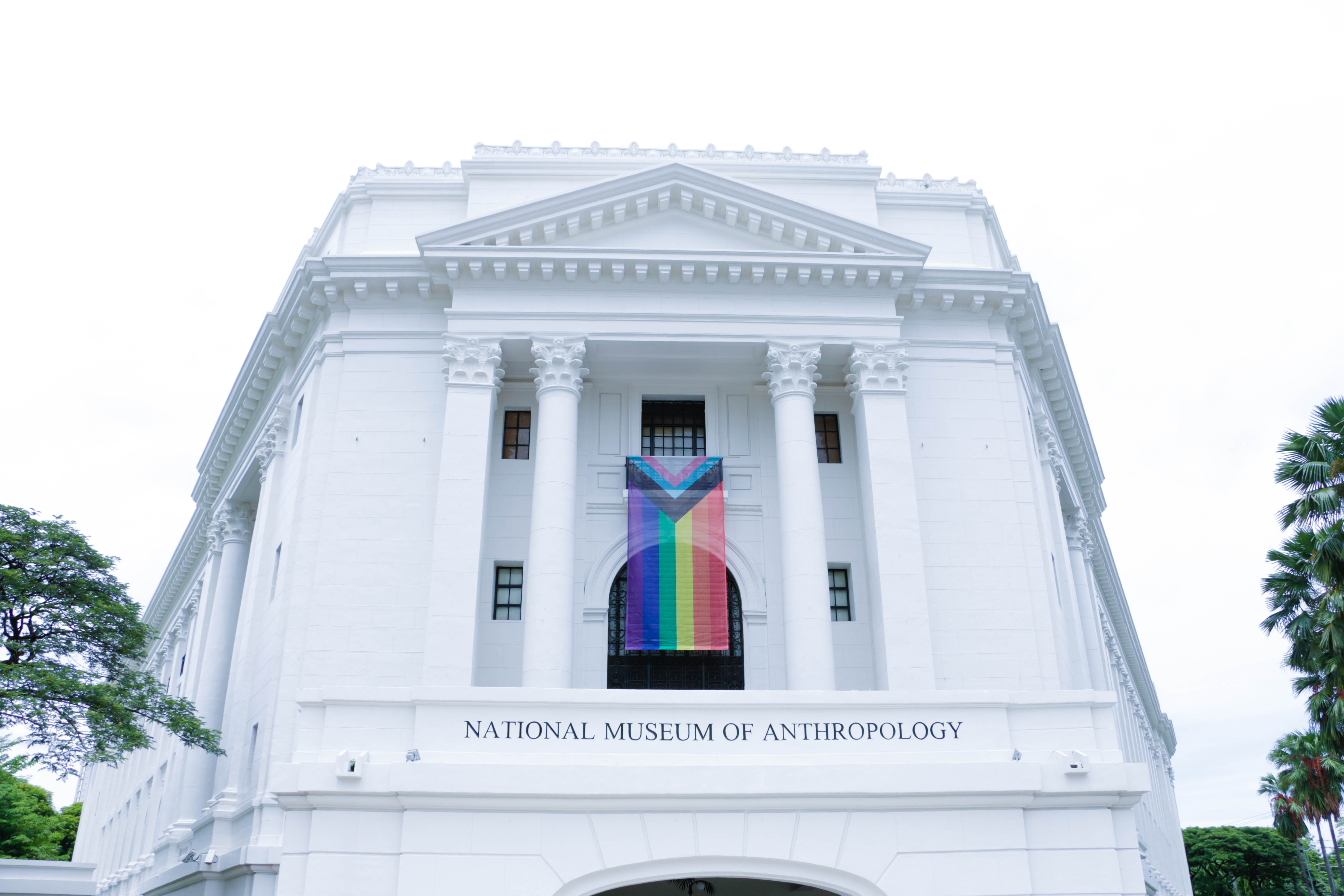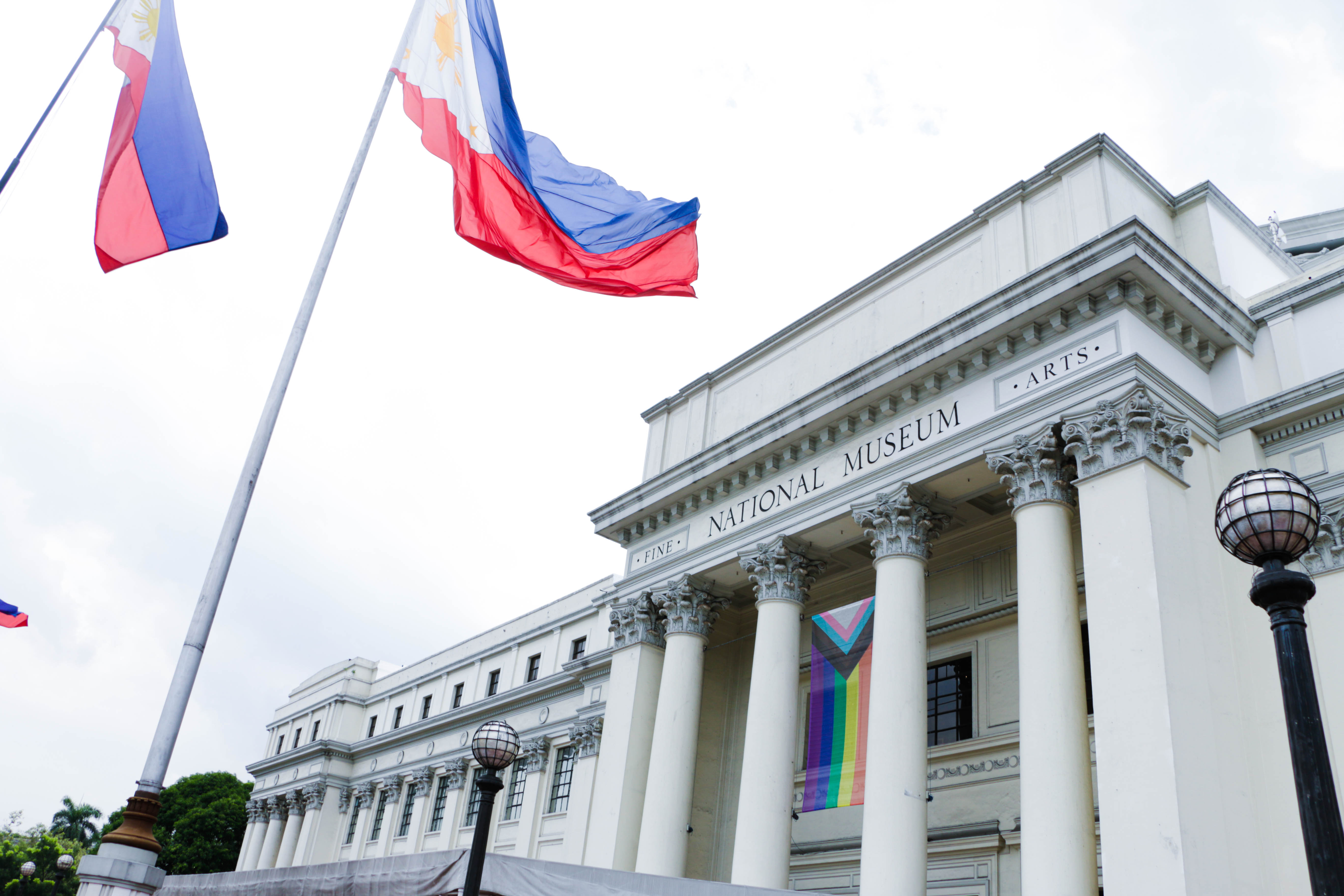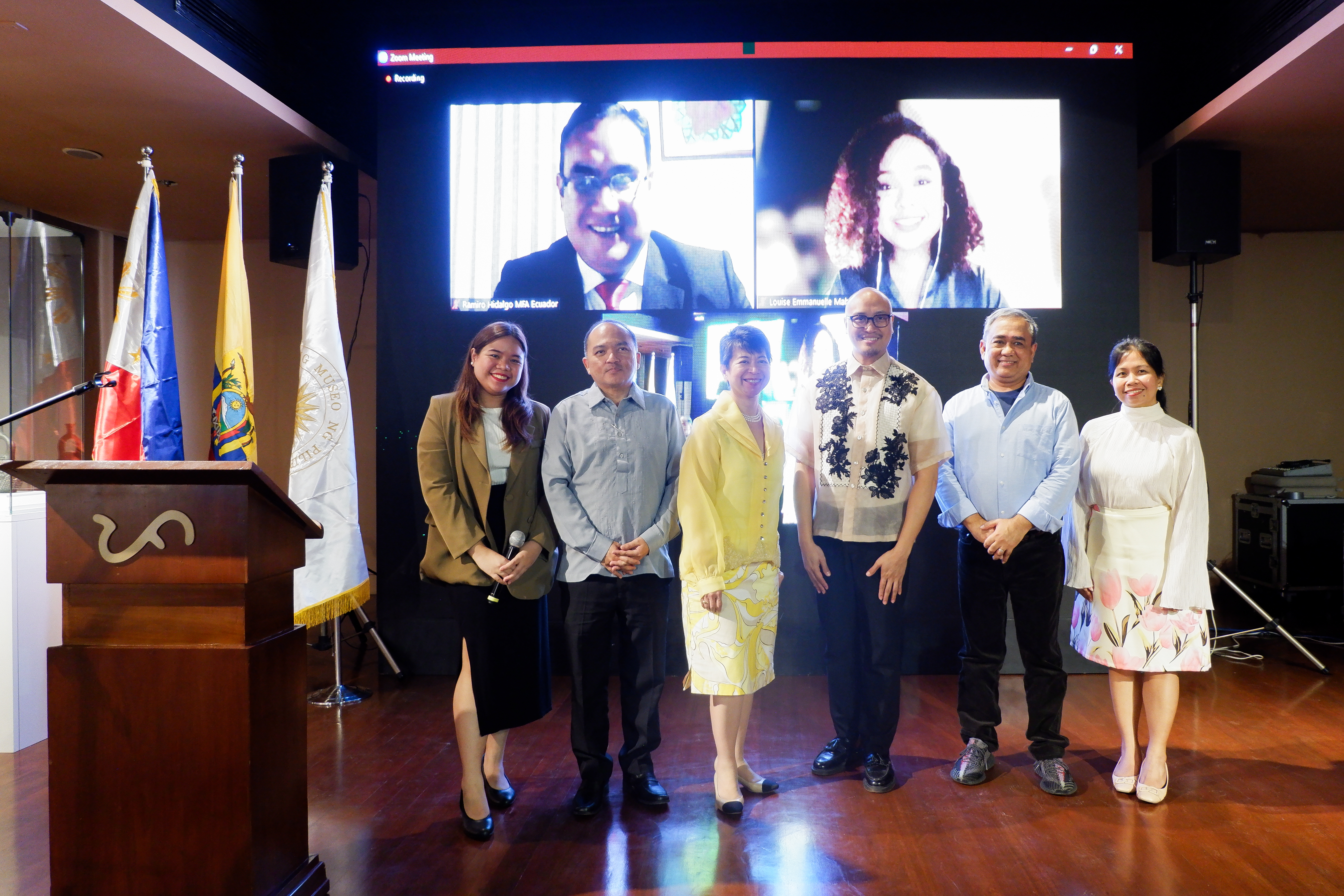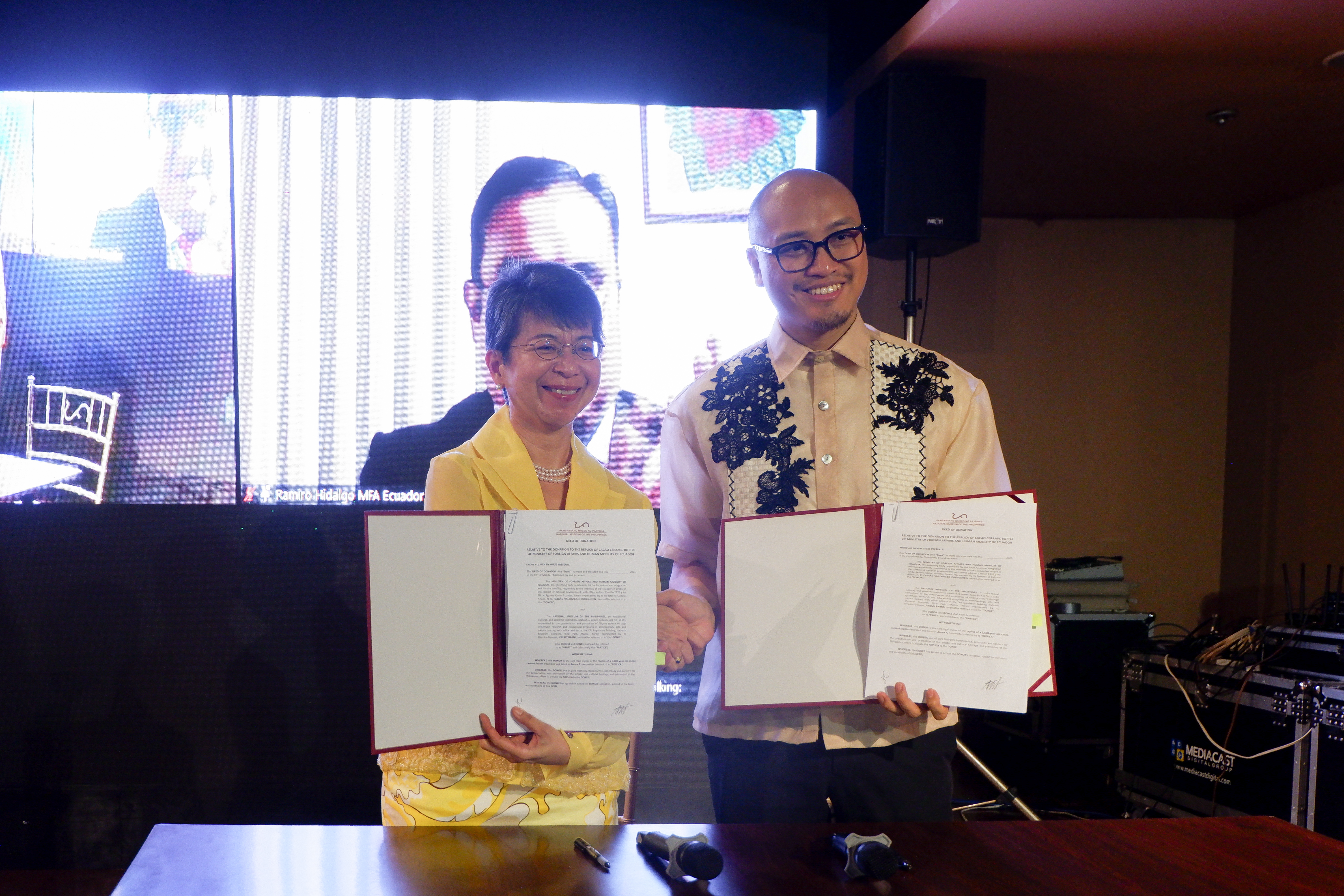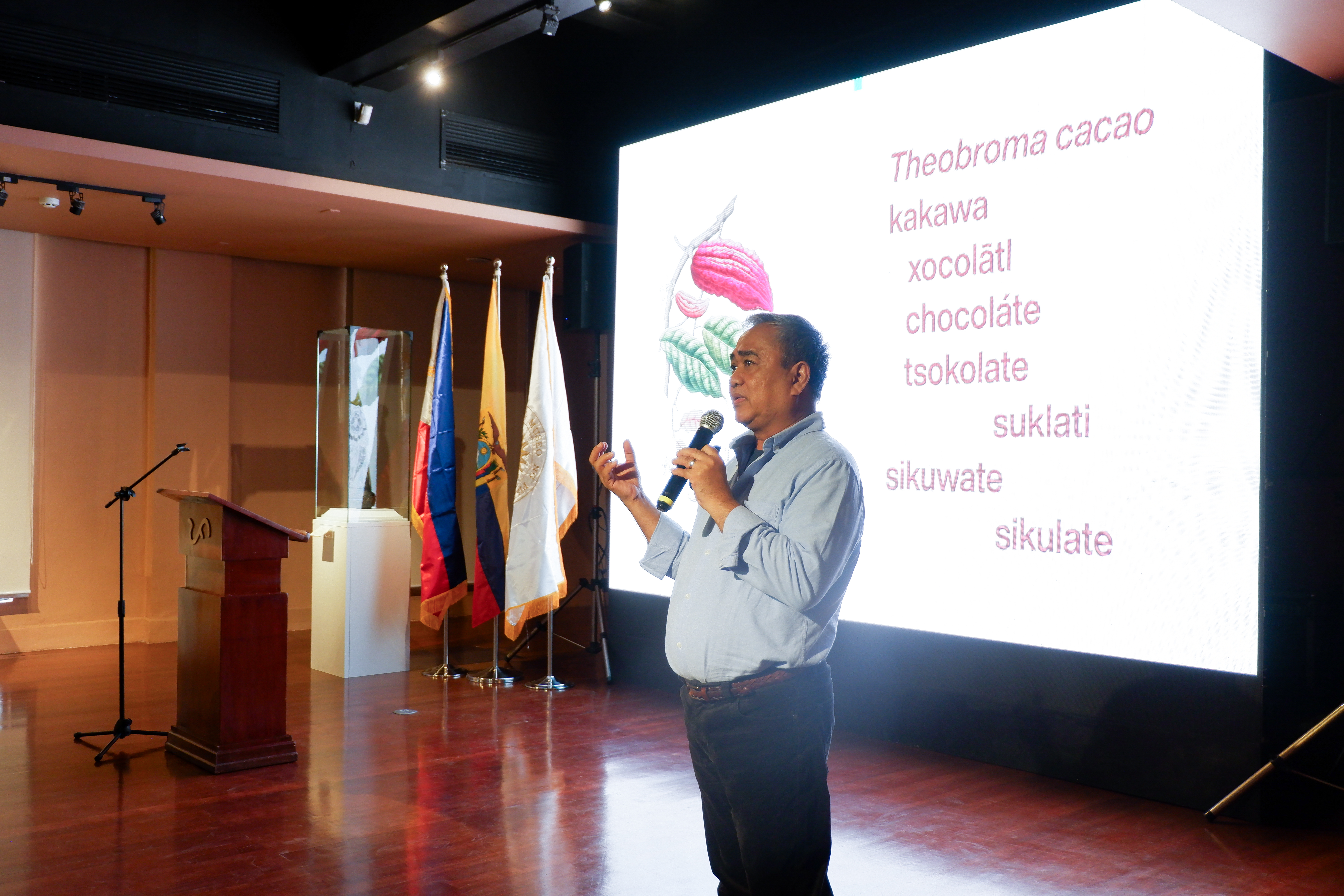NMP, OCEANA LAUNCHES NEW COASTAL GREENBELTS EXHIBITION AT THE NATIONAL MUSEUM OF NATURAL HISTORY



Last 16 July, Oceana launched its special photo exhibition “Our Coastal Greenbelts, Our National Treasure” at the National Museum of Natural History.
This captivating photo exhibition highlights the country’s coastal greenbelts and mangrove areas, showcasing their pivotal role as our frontline defense against the profound impacts of climate change.
Mangroves are a group of trees or shrubs commonly found in areas where land meets the sea between high and low tides. The Philippines is one of the world’s most diverse mangrove areas, hosting at least 50% of the world’s approximately 65 mangrove species.
These coastal forests act as nurseries for important animal species and provide livelihoods for coastal communities. Moreover, these greenbelts absorb the impacts of climate change such as strong winds and waves. Unfortunately, the Philippines ranks the second fastest in mangrove loss in Southeast Asia, primarily due to land reclamation, illegal fishpond conversion, illegal cutting, and marine pollution.




The program began with welcoming remarks from Oceana Vice President Atty. Gloria Estenzo Ramos, and a keynote message from Chair of the Senate Committee on Environment and Natural Resources Senator Cynthia Villar, highlighting the need to protect our coastal greenbelts and engage in conservation efforts.
In addition, representatives from various government agencies, as well as NMP Trustee and Chief Mangrove Scientific Advisor of the Zoological Society of London Dr. Jurgenne Primavera, gave messages of support towards creating and preserving coastal greenbelts. Likewise, officials from partner institutions also shared their messages of support for the cause.
Through this initiative, let us work together in rebuilding our precious mangrove forests!
This exhibition is available for viewing until 2 August 2024 at the Hyundai Hall of the National Museum of Natural History. It is open Tuesdays to Sundays, 9 AM to 6 PM. Admission is FREE, and no reservations are required. See you there!
#NationalMuseumPH #RestoreMangroveForests #coastalgreenbelt
